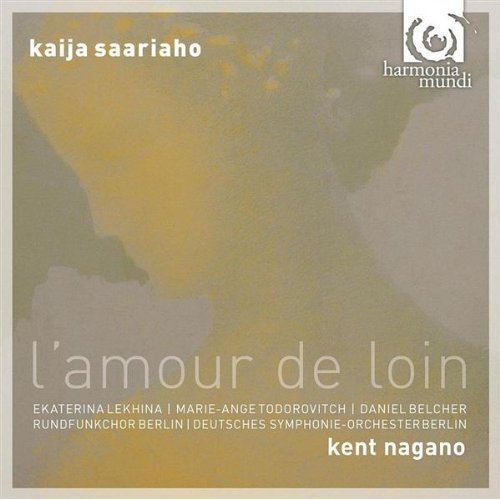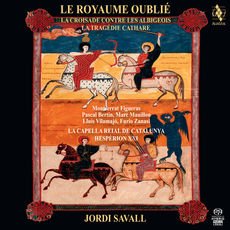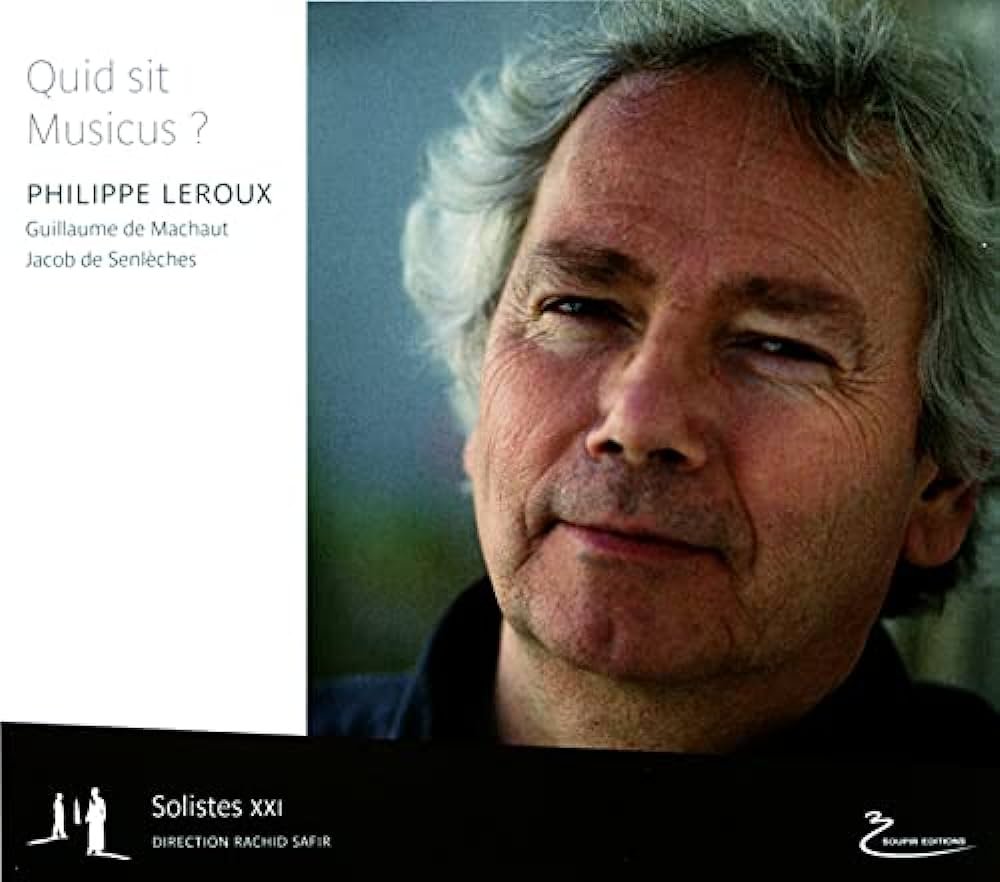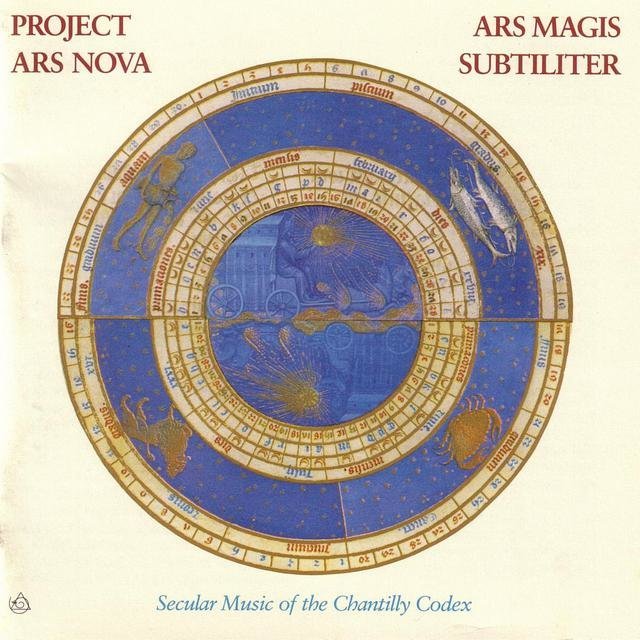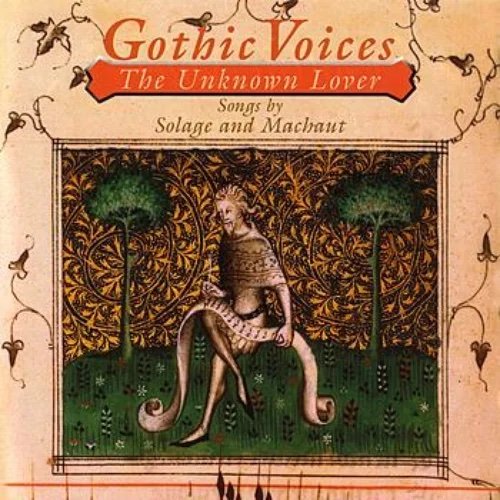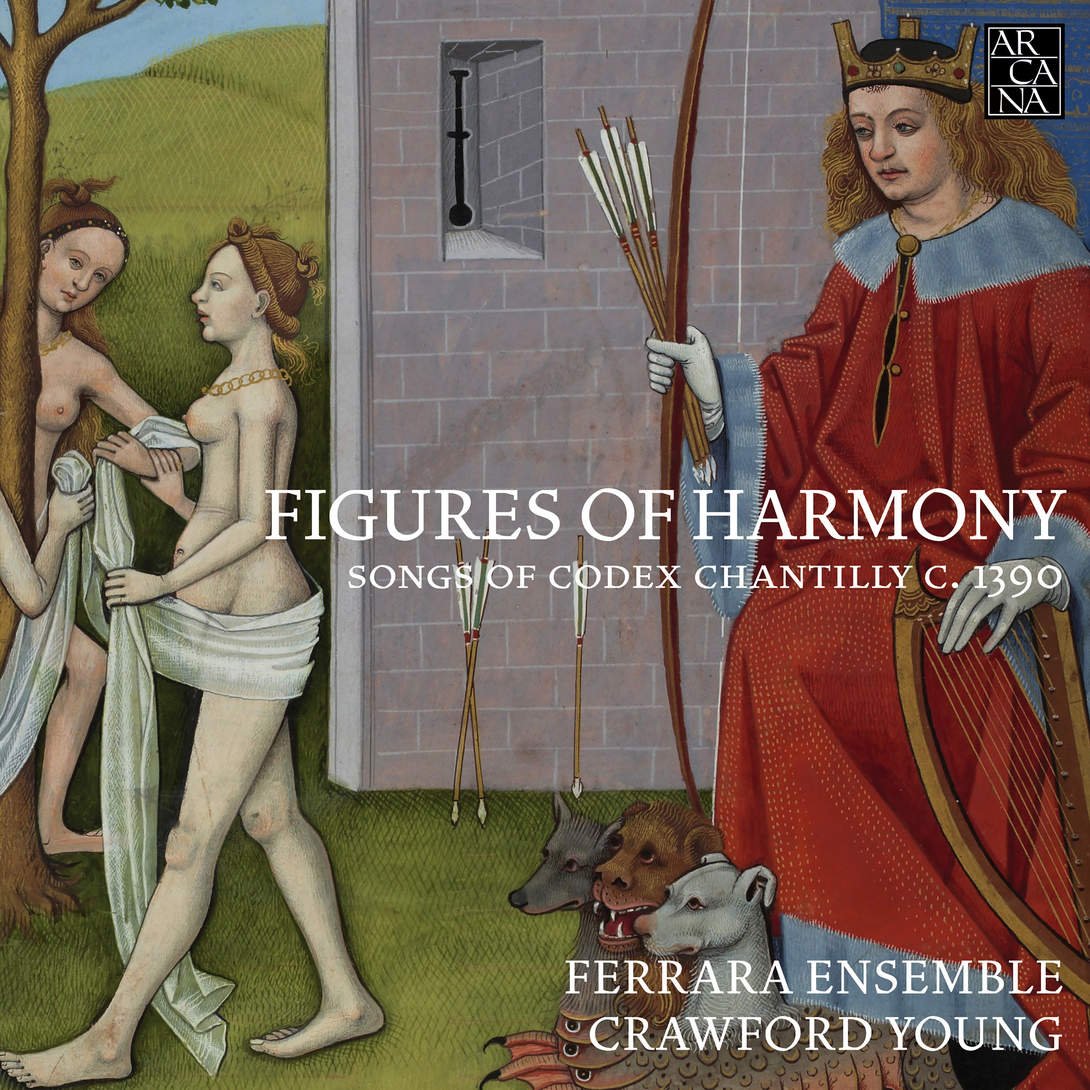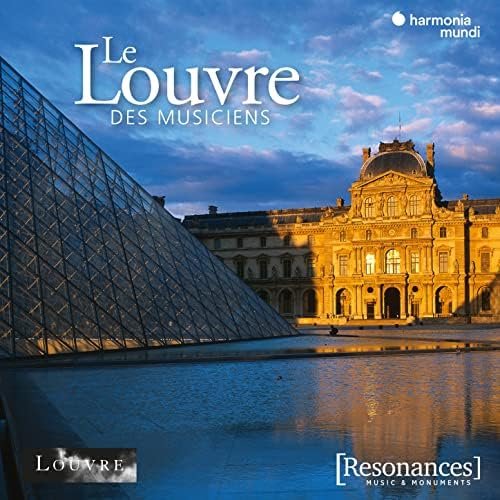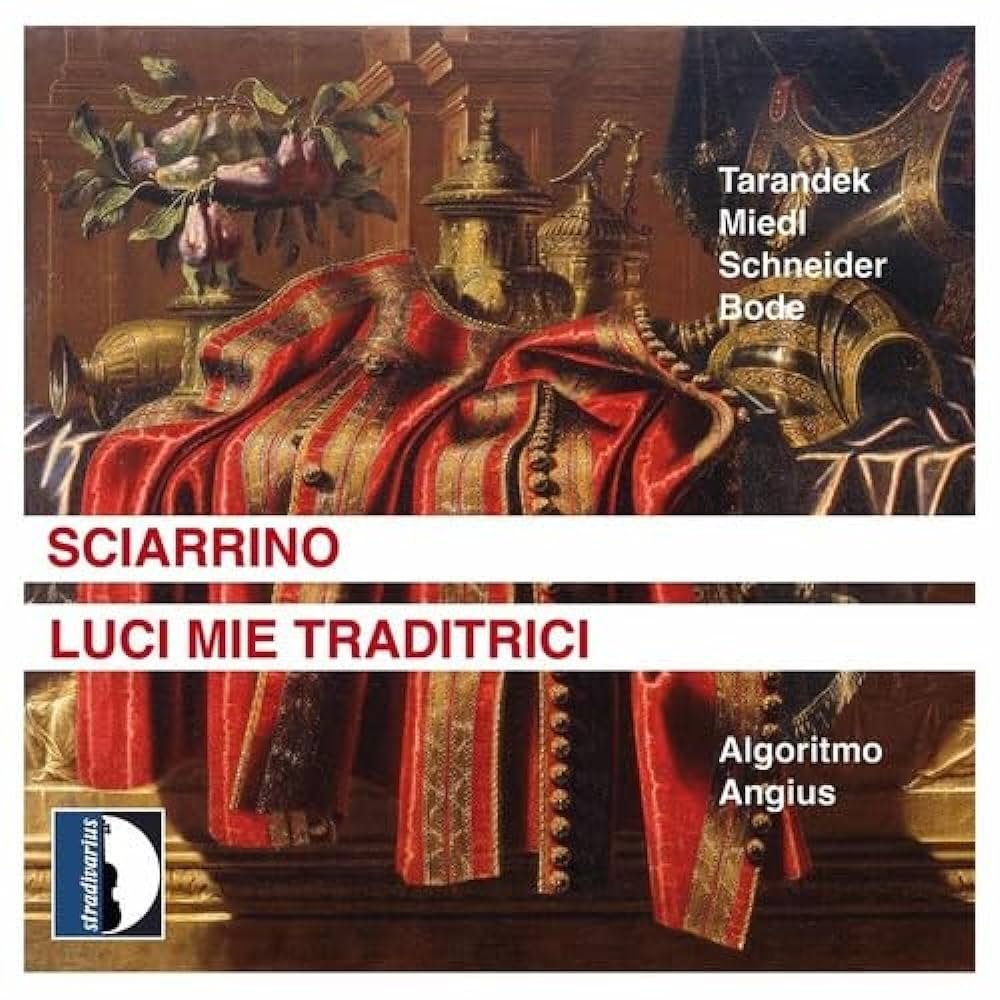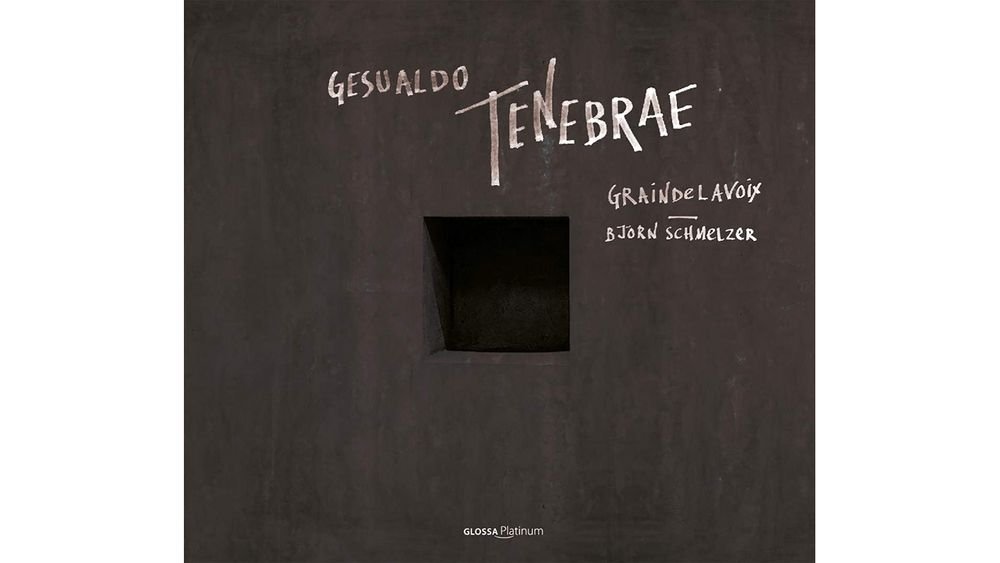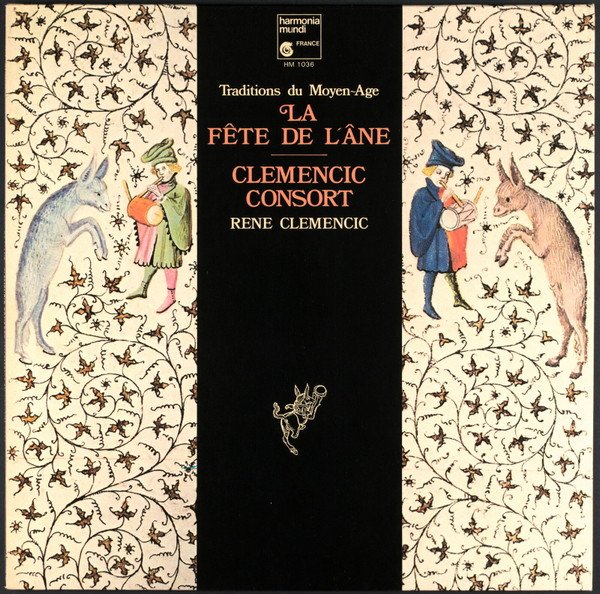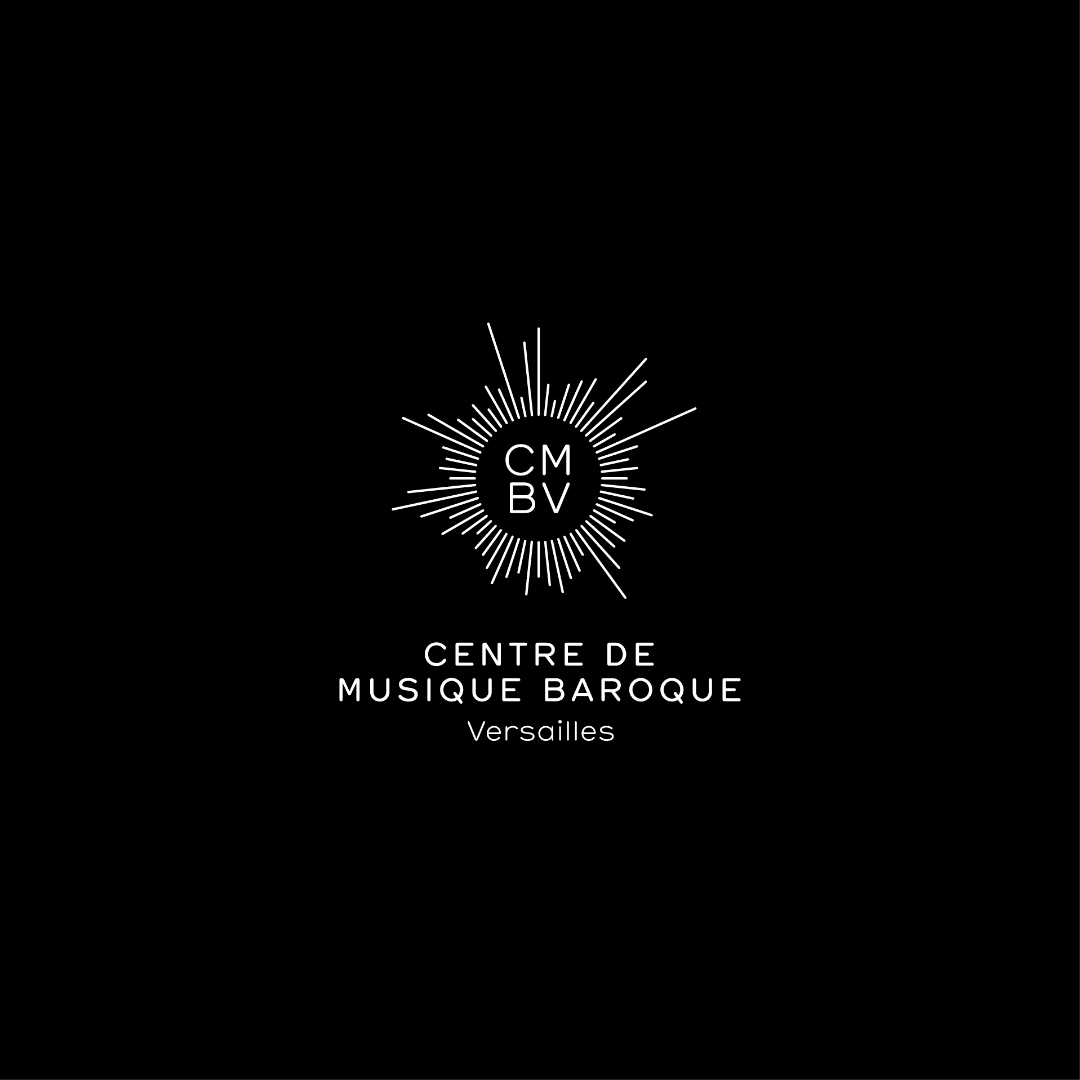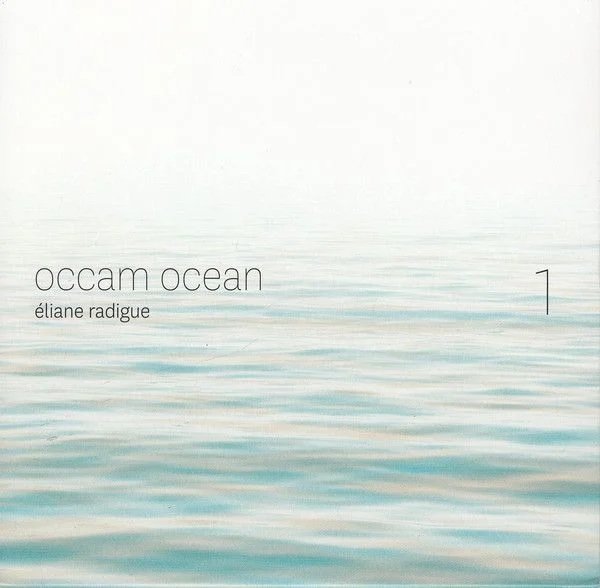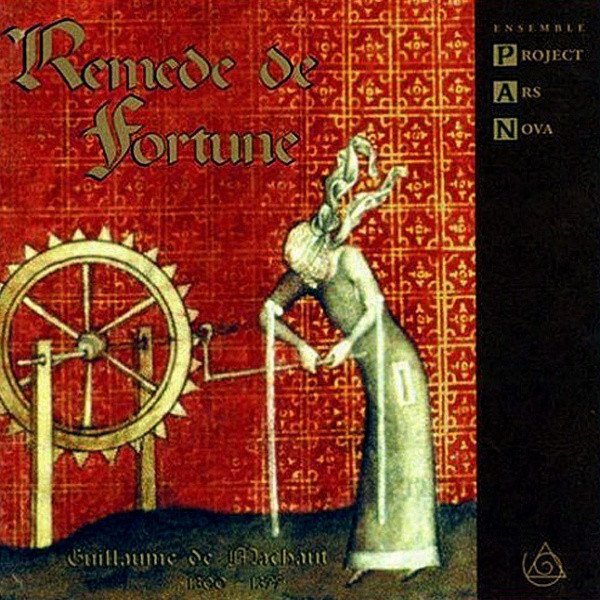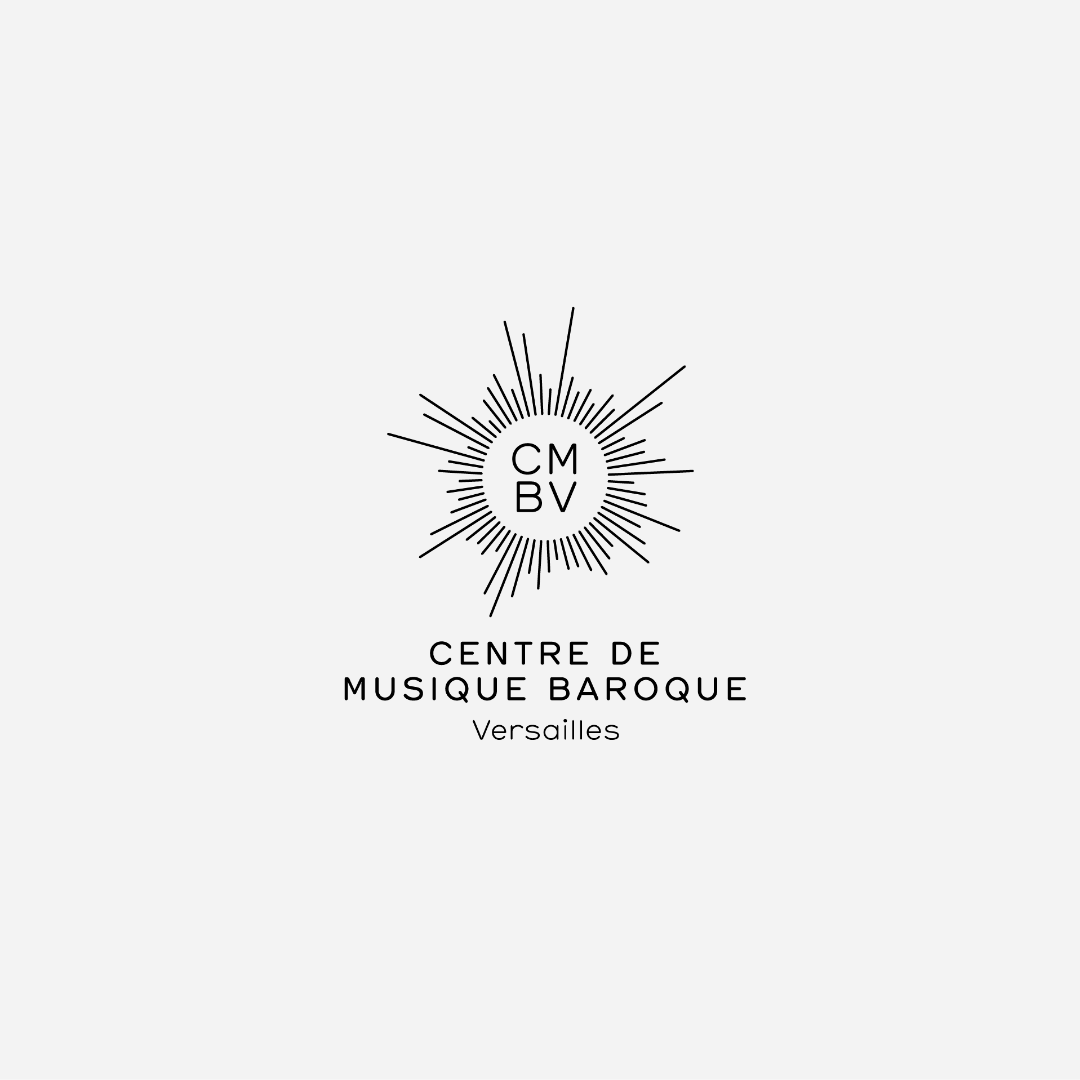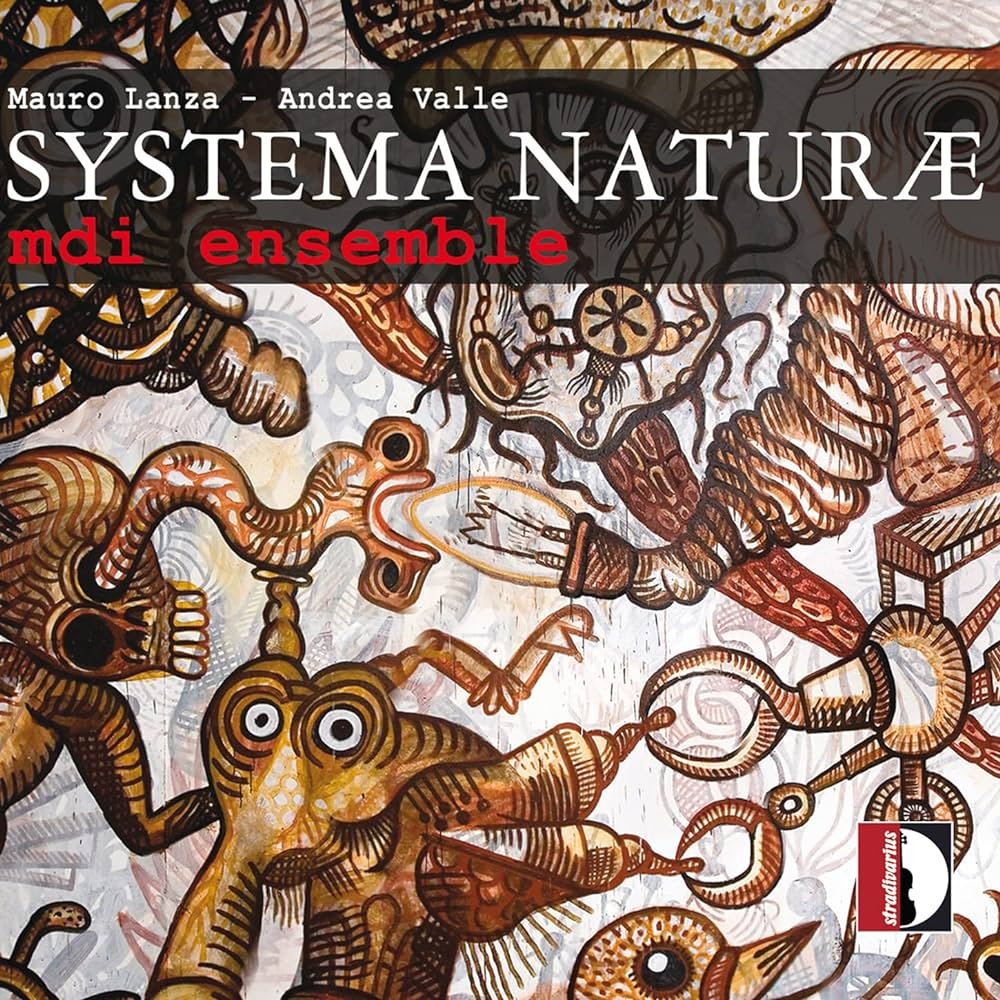Playlist #12 on Janus, Centre de Musique Baroque de Versailles
Each month, the Centre de musique baroque de Versailles establishes a thematic playlist for you to experiment an immersive journey in the French musical repertoire of the 17th and 18th centuries. Enjoy the music !
Playlist audio #12
Playlist on Janus, by Justina Repečkaité, for the second anniversary of the Janus project, the fruit of an innovative partnership between the Centre de musique baroque de Versailles and Ircam.
With this brief panorama of my favourite music, putting contemporary and early music in dialogue, I'd like to present a few examples illustrating how the inspirations of today's creators are not limited to musical influences from the past, but also explore the subjects of legends, artefacts or philosophical concepts from distant times.
Beatritz de Dia (1140-1212) is the only trobairitz whose text and music have survived. Her canso A Chantar M'er describes the pain of her lover's infidelity. Amin Maalouf's libretto for the opera L'amour de loin (2000) by composer Kaija Saariaho (1952-2023) is based on La Vida breve by troubadour Jaufré Rudel. Rudel, in an example of courtly love, falls in love with Clémence de Tripoli thanks to the tales of the Pilgrim. The opera uses electronics and modal-spectral harmony, inspired by the language of the troubadours with Middle Eastern influences.
For his composition Quid sit Musicus? (2014) for seven voices, two instruments and electronics, Philippe Leroux (1959) used technologies developed at Ircam to recover gestural data from calligraphy taken from Machaut's musical manuscripts. I have interwoven parts of Quid sit Musicus? with my favourite compositions from the Codex Chantilly (which also includes Machaut!), extremely complex examples of Ars Subtilior: Puisque je suis fumeux by Hasprois, Fumeux fume par fumee by Solage and Angelorum Psalat by Rodericus. The quotation "Quid sit musicus ?" comes from the famous work De institutione musica by Boethius (6th century), which had a profound influence on medieval thought. William of Ockham (14th century) quoted Boethius in his philosophical writings.
For her Occam cycle, the composer Éliane Radigue (1932) was inspired by the philosopher (the title refers to him), but unlike Leroux, she was not interested in manuscripts. Working with dedicated performers, the composer gives very precise oral instructions, sometimes describing images of liquid elements. The composer seeks an intimate context, bringing out partials, harmonics and subharmonics beyond a fundamental note. These drones, kept simple, are in keeping with Occam's Razor rule, which in philosophy means "eliminating unnecessary explanations of a phenomenon". The performance of Guillaume de Machaut's lament Tels rit is very complex, with vocal variations that communicate a great deal of emotion, but the drone reminds me of these drones.
The chromaticism in Qu'est devenu ce bel oeil by Claude le Jeune (1528 - 1600) is astonishing, which is why the composer Salvatore Sciarrino (1947) quotes, arranges and then decomposes it in his opera Lucie mie traditrici (1998). Sciarrino's style is exceptional and dreamlike, and the subject of his opera is based on the black legend of the murderous composer Carlo Gesualdo (1566 - 1613), whose Tenebrae Responsoria features bold and personal harmonic and chromatic modulations.
The Systema naturae cycle (2013-2017) co-composed by creators Mauro Lanza (1975) and Andrea Valle (1974) refers to the eponymous book by Carl von Linné (1707-1778), which aims to catalogue all things in nature. The first part, Regnum animale, is written for a string trio and a set of 25 spatially organised, computer-controlled electromechanical instruments. The composers are seeking to explore a middle ground where mechanised objects (recycled objects !) can be controlled musically while the musical instruments are treated as sound objects. Musical instruments are treated as sound objects using extended playing modes. Although this is not at all a parody, Regnum animale reminds me of the Fête de l'âne, where social roles are reversed, musically illustrated with great refinement by the Clemencic Consort in their album.
I find it extremely inspiring to listen to performers of both contemporary and early music who demonstrate incredible creativity and versatility, sometimes challenging established ideas, norms, symbols or traditions.






